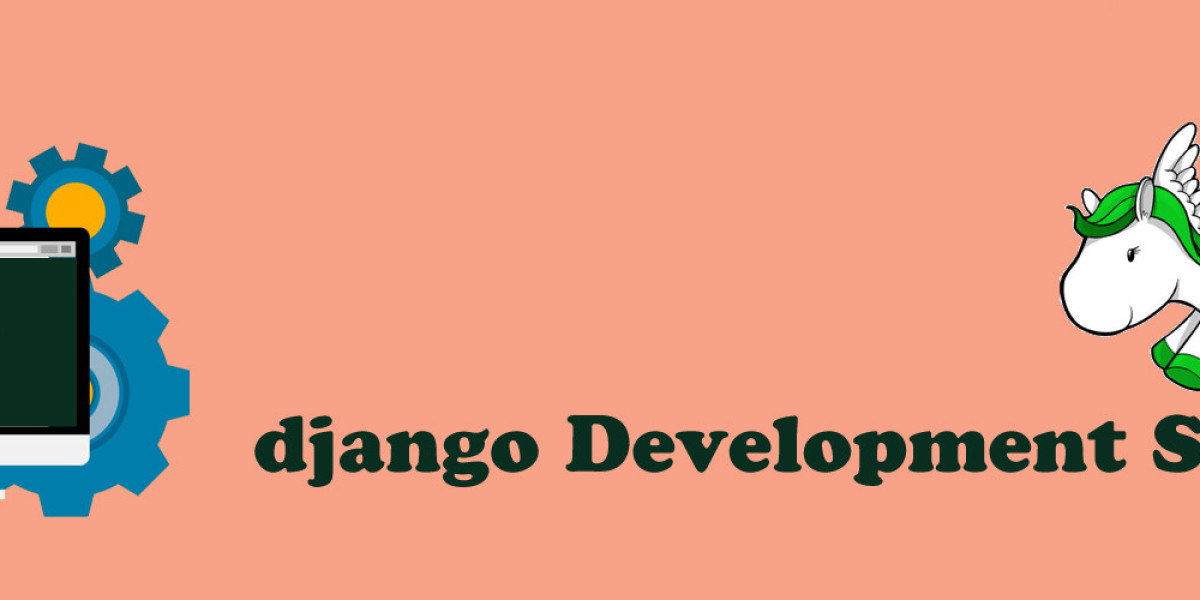Understanding Multimodal AI
Multimodal AI refers to AI systems that can process and analyze multiple forms of data inputs at once. Unlike traditional AI models, which typically focus on one type of data (e.g., text or images), multimodal AI combines different modalities to achieve a deeper understanding and generate more accurate predictions or insights. For example, a multimodal AI system might analyze both text and images from social media to understand the context and sentiment more comprehensively than a system that only processes text.
The integration of various data types allows multimodal AI to recognize patterns and correlations that might be missed when analyzing a single data source. This capability enhances the AI’s ability to perform complex tasks, make informed decisions, and provide more personalized and effective solutions.
Transforming Industries Through Multimodal AI Applications
1. Healthcare
In the healthcare industry, multimodal AI applications are proving transformative. These systems can analyze medical images, patient records, and even spoken consultations to provide more accurate diagnoses and treatment plans. For instance, an AI system might combine MRI scans with patient history and lab results to detect abnormalities that a single modality might overlook.
Multimodal AI is also improving patient care by enabling more personalized treatment plans. By integrating data from various sources, AI can tailor recommendations to individual patient profiles, leading to better outcomes and more efficient use of resources. Additionally, these systems are enhancing drug discovery and development by analyzing complex datasets from clinical trials, genetic research, and scientific literature.
2. Retail
In retail, multimodal AI is revolutionizing customer experience and operational efficiency. AI systems that analyze both customer behavior data (such as purchase history and browsing patterns) and sensory data (like images and voice) can provide a more comprehensive understanding of consumer preferences and trends. This enables retailers to offer personalized recommendations, optimize inventory management, and enhance marketing strategies.
For example, AI-powered chatbots that utilize both text and voice recognition can offer more interactive and effective customer support. These systems can understand and respond to customer queries in a more natural and engaging manner, leading to higher satisfaction and increased sales.
3. Automotive
The automotive industry is leveraging multimodal AI to advance driver assistance systems and autonomous vehicles. By integrating data from cameras, radar, LiDAR, and GPS, multimodal AI can create a more detailed and accurate representation of the vehicle’s environment. This allows for better object detection, collision avoidance, and navigation.
Multimodal AI is also improving in-car experiences by combining voice commands with gesture recognition and visual feedback. This integration provides a more intuitive and safer way for drivers to interact with their vehicles, enhancing overall driving experience and safety.
4. Finance
In the finance sector, multimodal AI applications are enhancing fraud detection, risk management, and customer service. By analyzing transaction data, voice communications, and behavioral patterns, AI systems can identify suspicious activities and prevent fraudulent transactions more effectively.
Additionally, multimodal AI is being used to analyze market trends by integrating text from news articles, social media sentiment, and historical financial data. This comprehensive analysis provides investors with better insights and more informed decision-making tools.
5. Entertainment and Media
The entertainment and media industries are also benefiting from multimodal AI. AI systems that combine audio, video, and text data can create more engaging and interactive content. For instance, AI can analyze audience reactions to video content, adjust the content in real-time, and personalize recommendations based on viewer preferences.
Moreover, multimodal AI is enabling advanced content creation and editing tools. AI-powered video editing software can integrate voice commands, visual effects, and automated editing features to streamline production processes and enhance creative possibilities.
Challenges and Future Directions
While the potential of multimodal AI is immense, there are challenges to address. Integrating and processing multiple data types requires sophisticated algorithms and substantial computational resources. Ensuring data privacy and security across different modalities is also a critical concern.
Furthermore, developing AI systems that can effectively combine and analyze diverse data sources requires advances in model training and algorithm development. Researchers are working on improving the accuracy and efficiency of multimodal AI systems to overcome these challenges.
Looking ahead, the future of multimodal AI holds exciting possibilities. As technology advances, we can expect more seamless integration of data types, leading to even more sophisticated and versatile AI applications. Industries will continue to explore new ways to leverage multimodal AI to drive innovation, improve customer experiences, and enhance operational efficiency.
Conclusion
Multimodal AI is at the forefront of AI innovation, offering transformative solutions across a wide range of industries. By integrating and analyzing multiple types of data, multimodal AI applications are enhancing capabilities, driving efficiency, and creating new opportunities. As technology continues to evolve, the potential for multimodal AI to revolutionize diverse sectors will only grow, unlocking new possibilities and shaping the future of industries worldwide.



